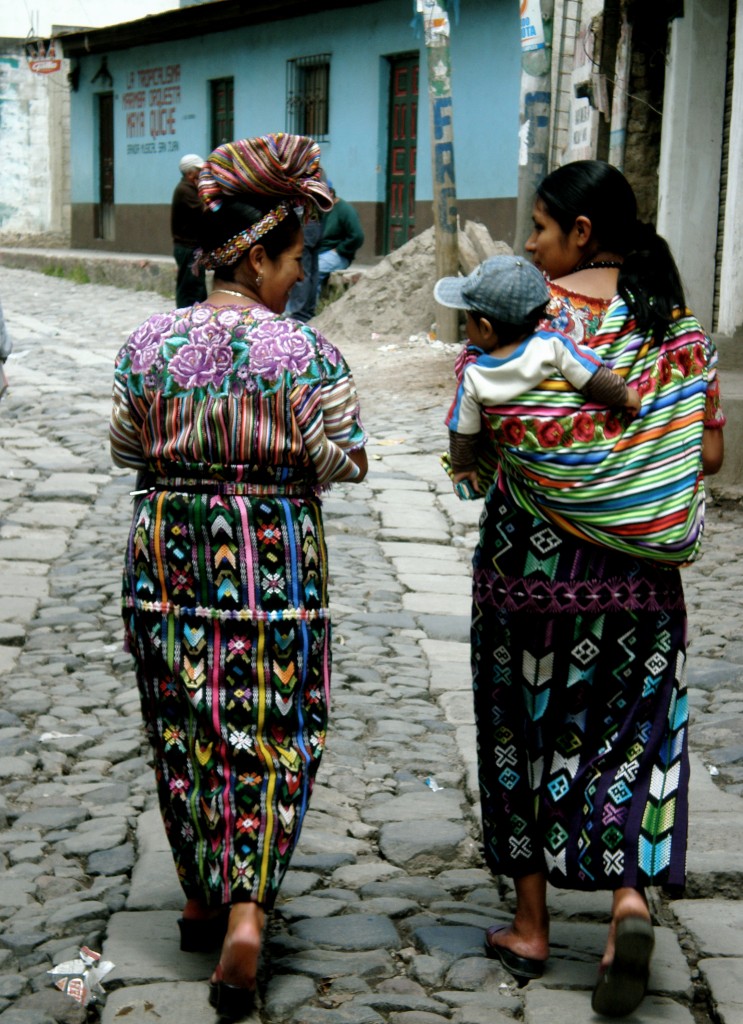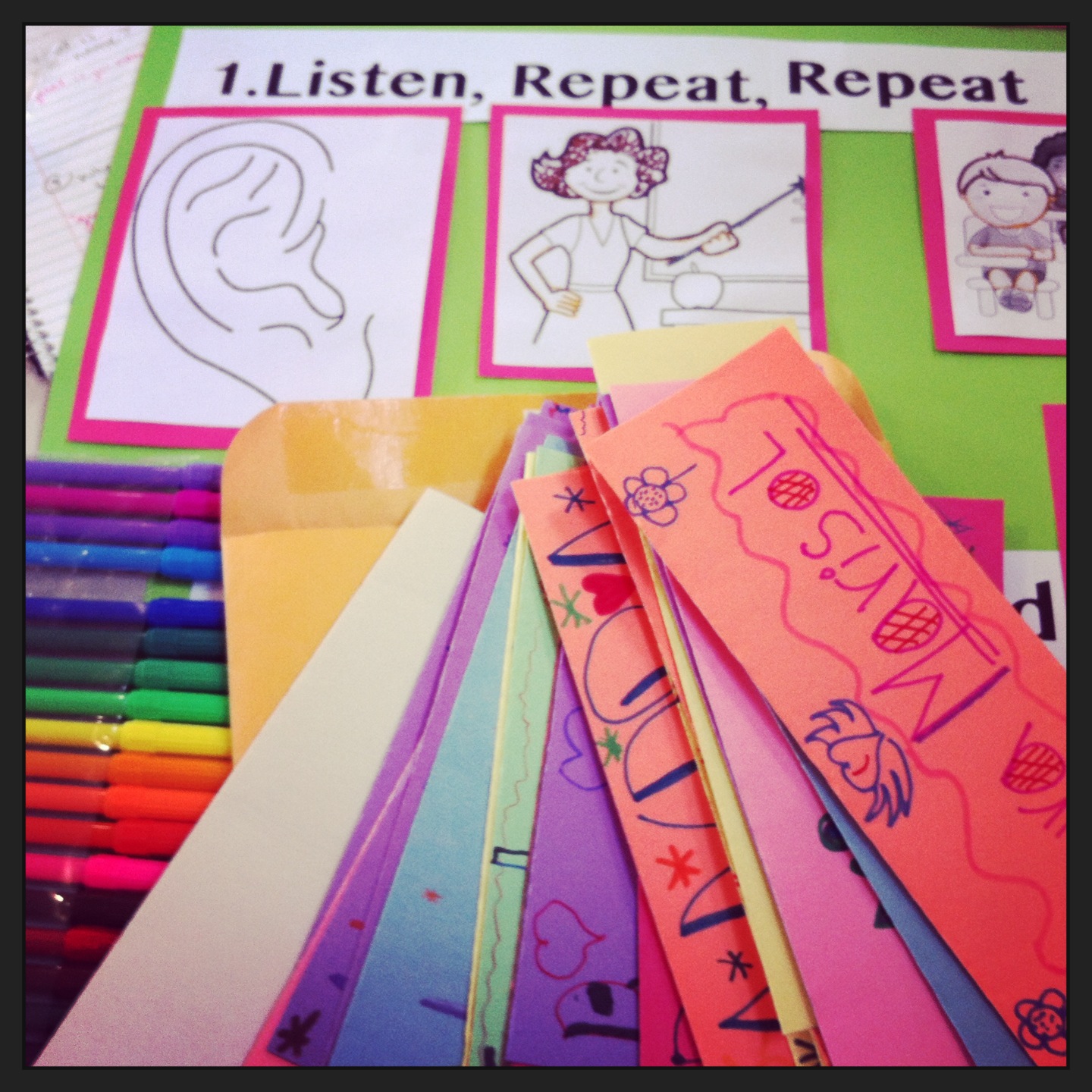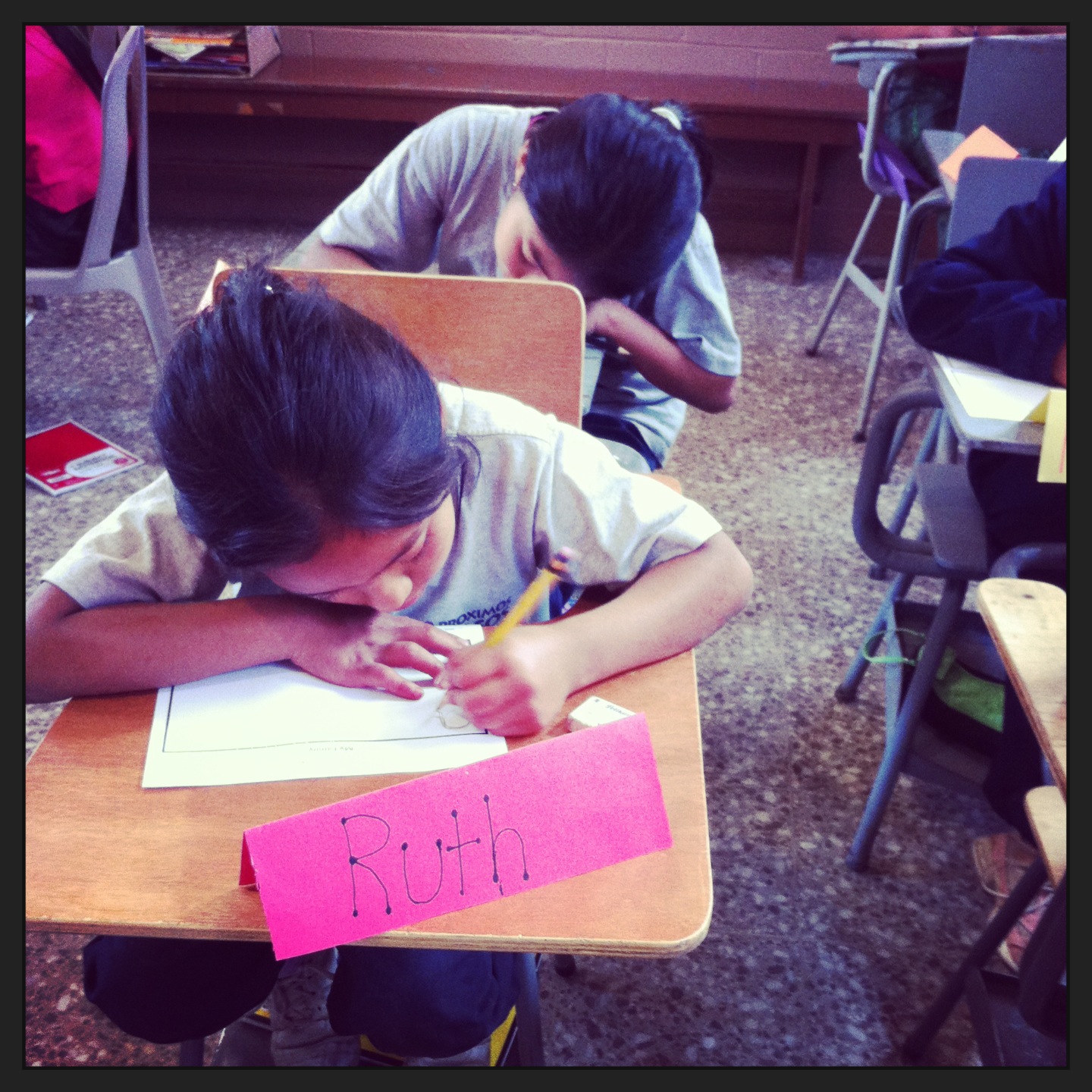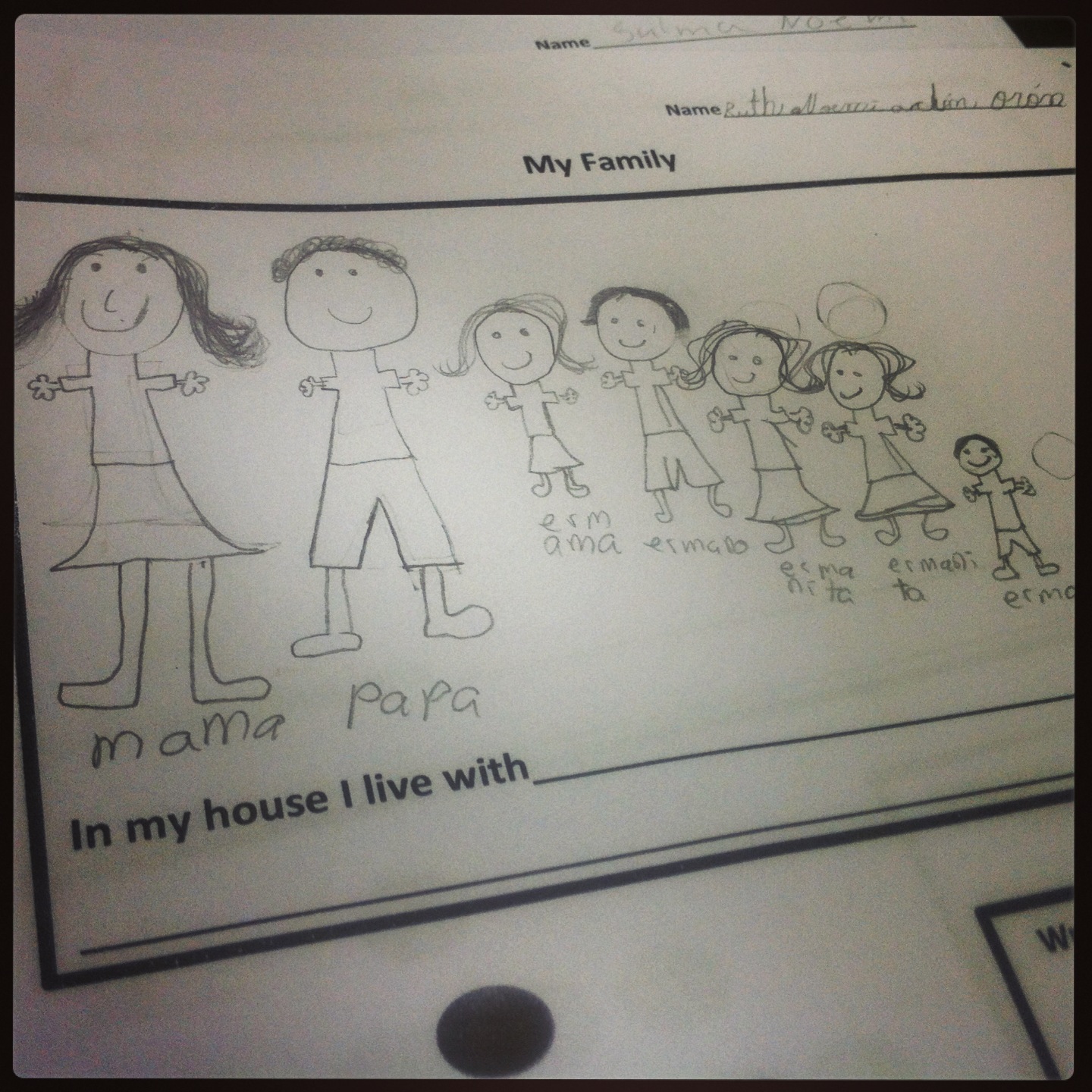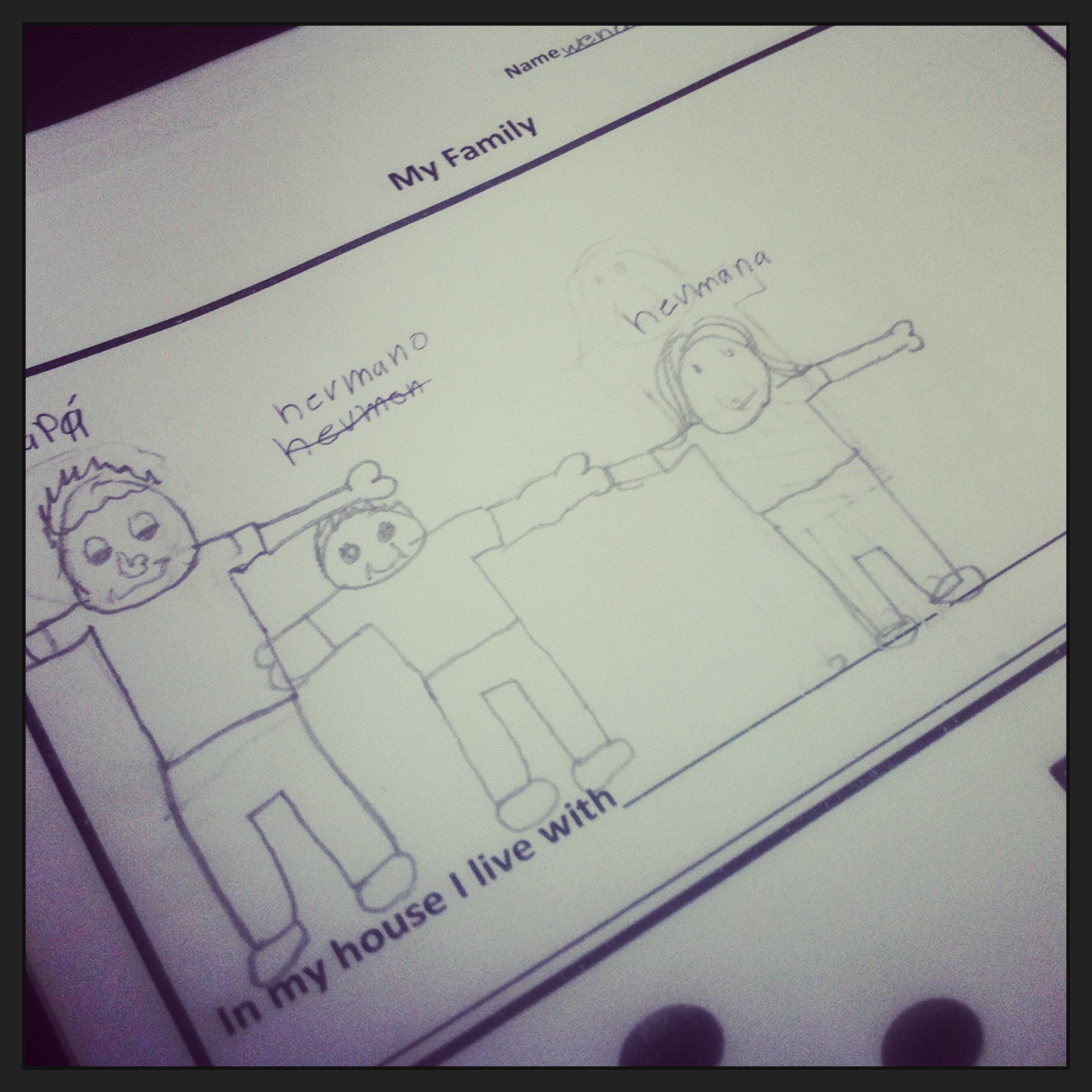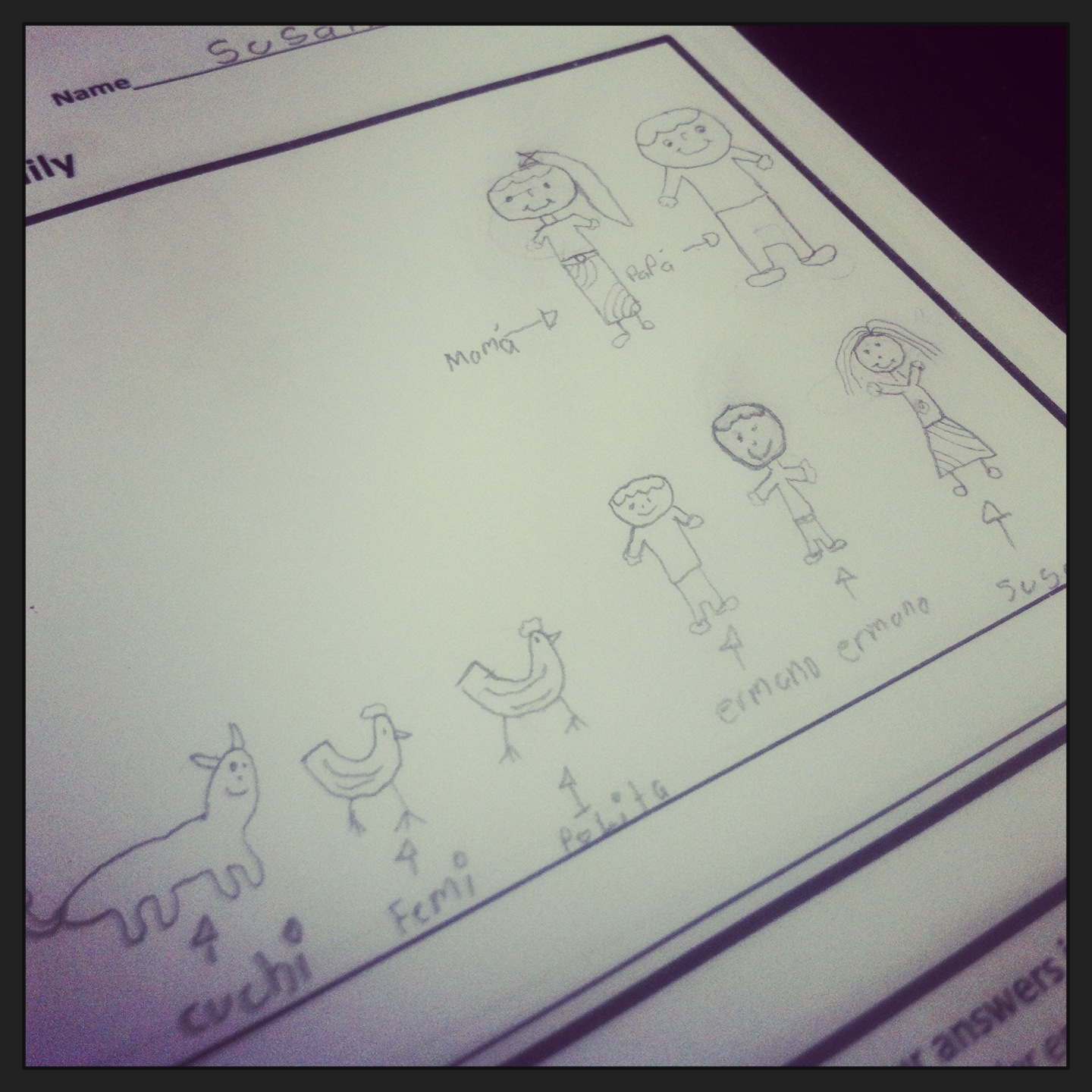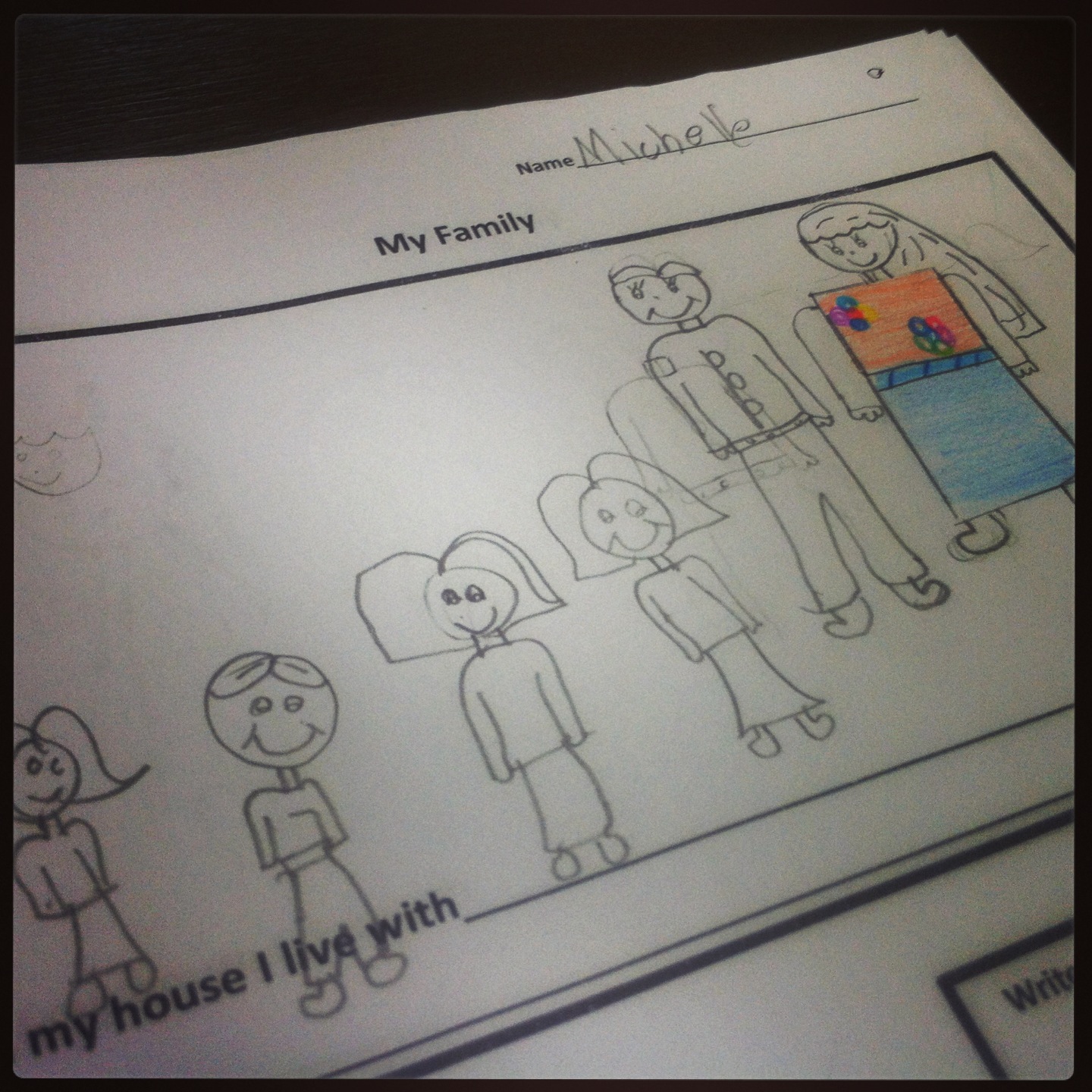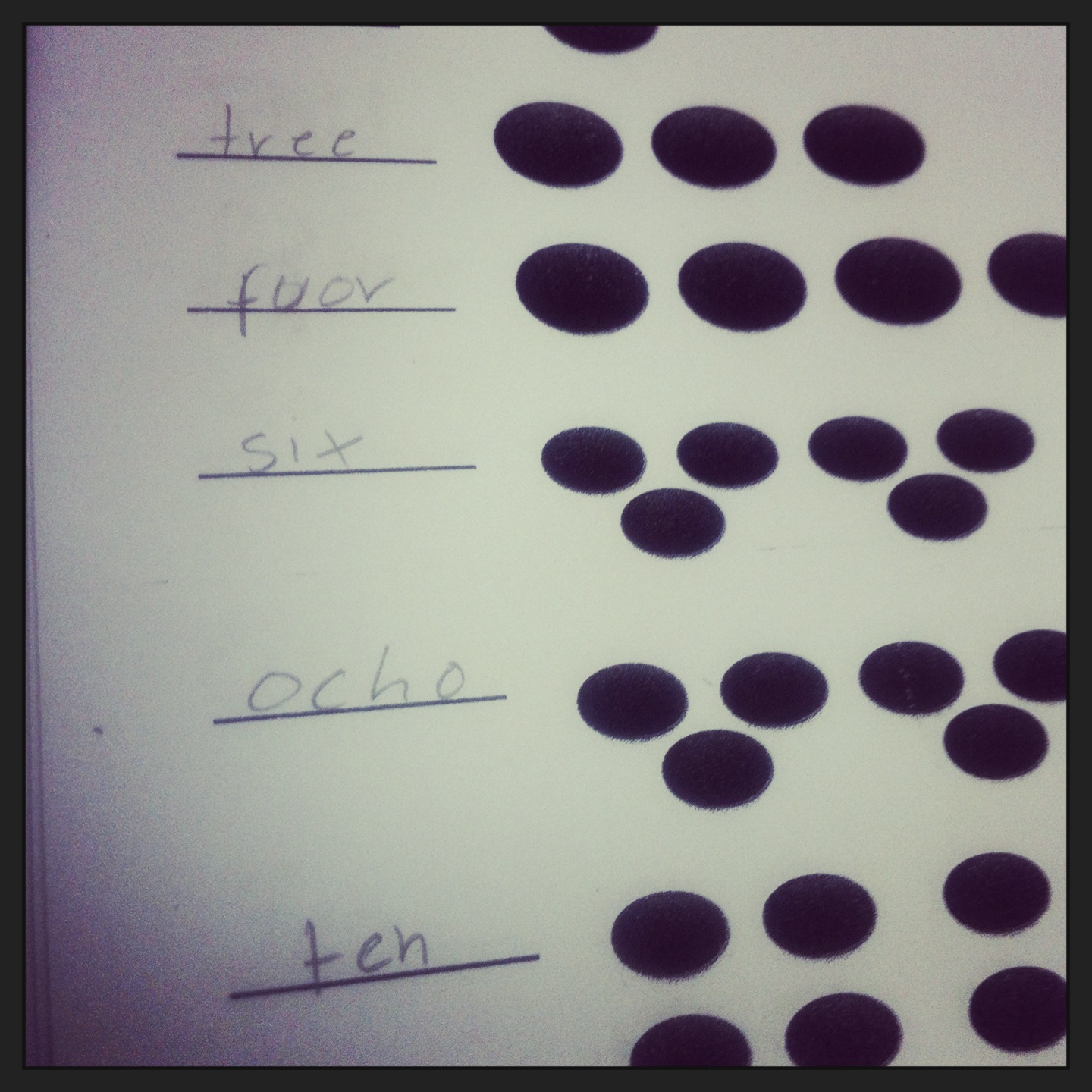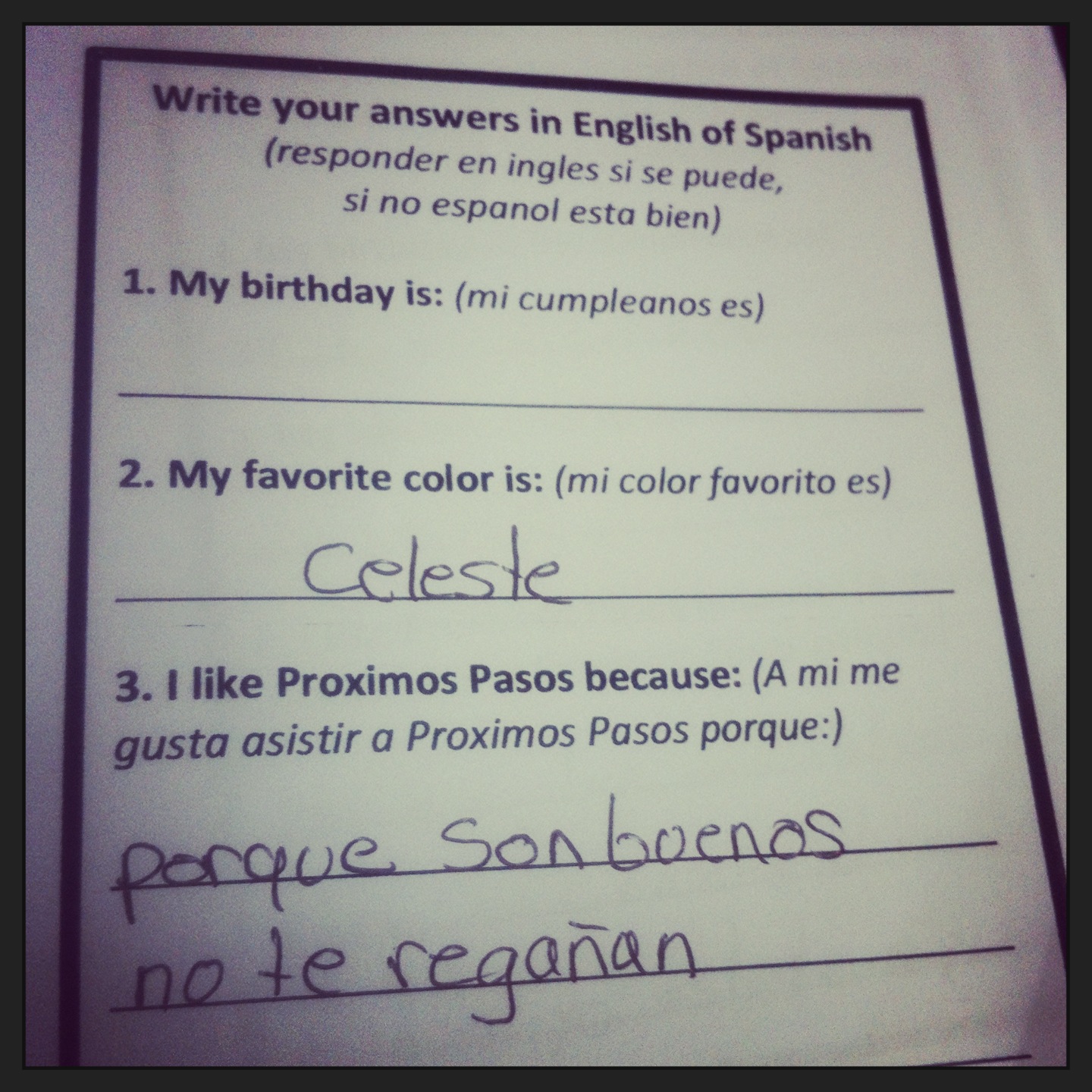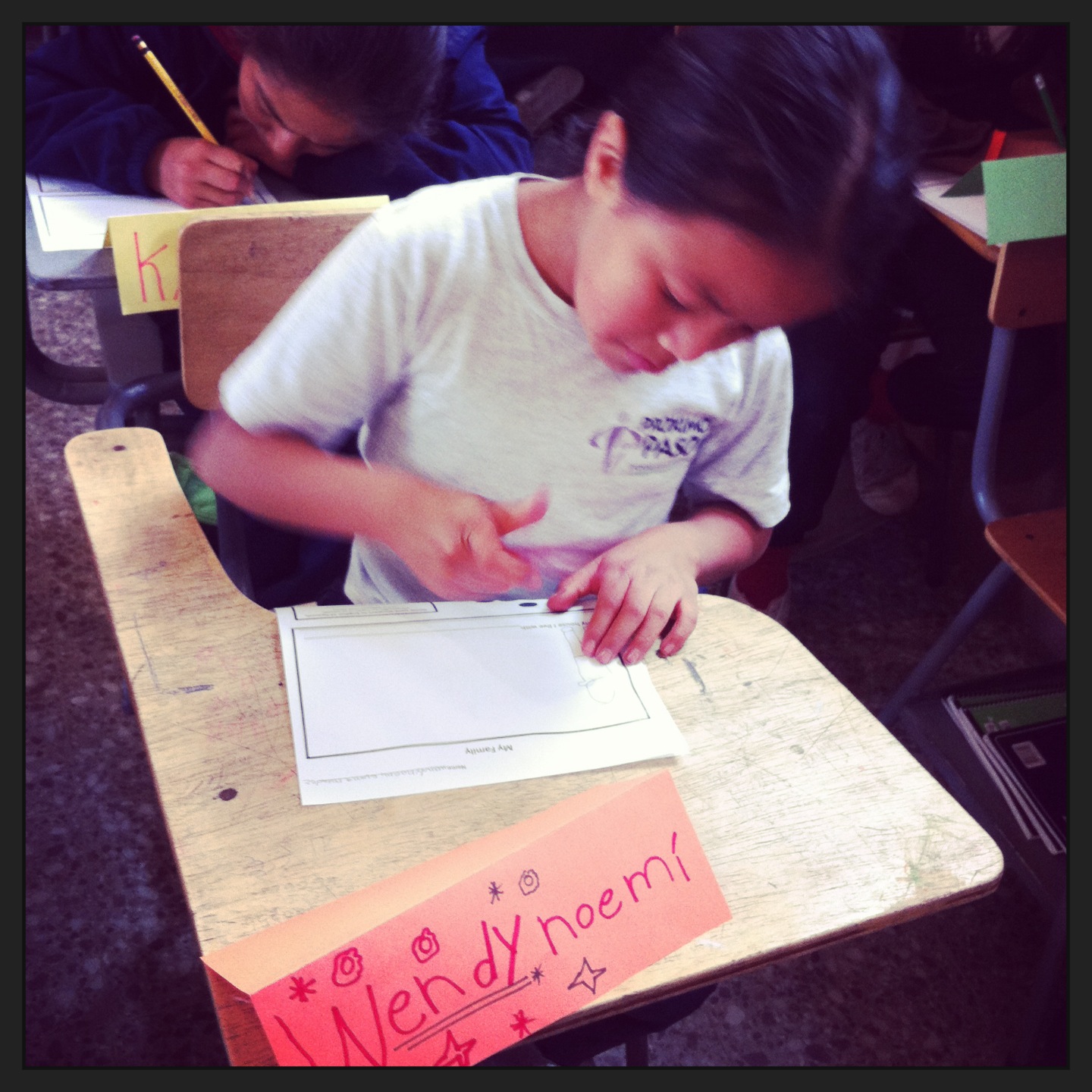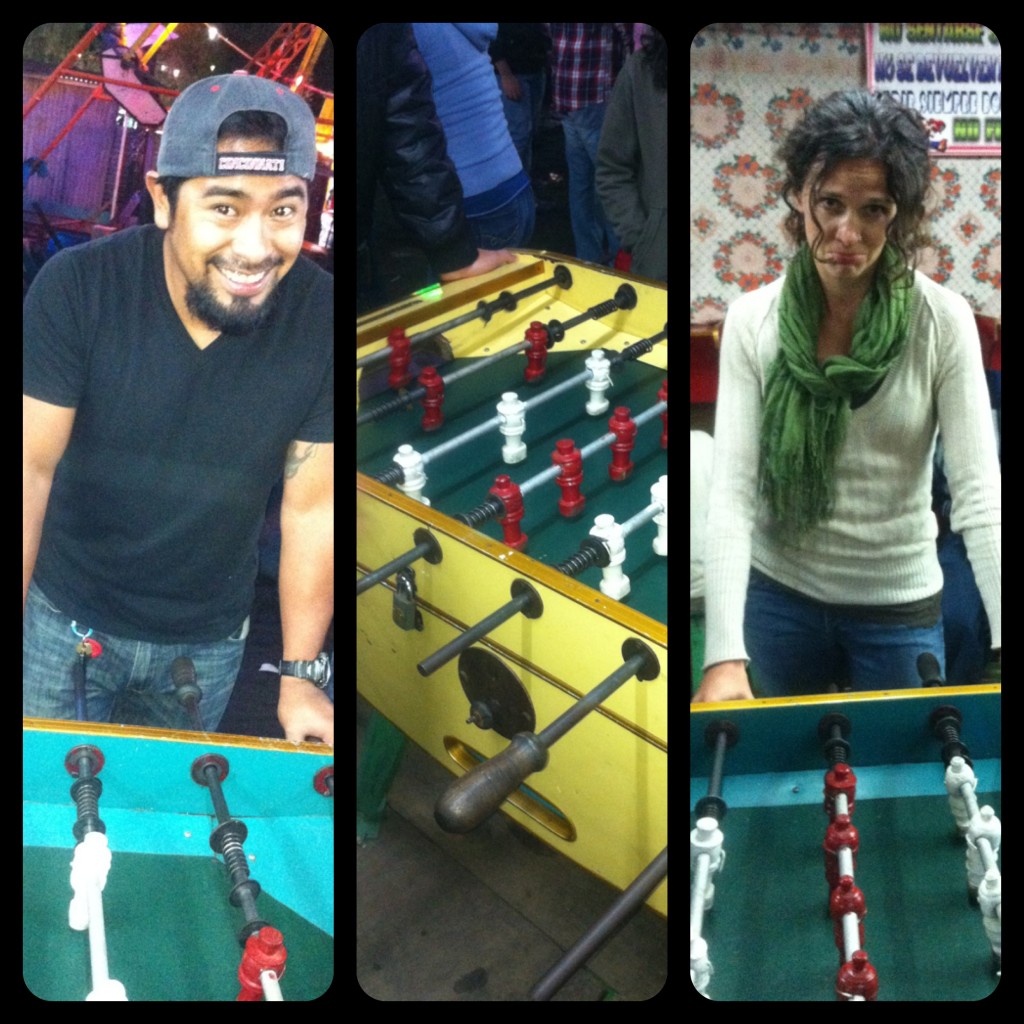Posts Tagged ‘Kids’
If you’ve followed along here recently then you definitely know that I have a baby on the brain. And it’s true our Baby Girl is coming soon and her pending arrival has opened up a whole new host of feelings. My heart is thrilled and beyond excited to meet her and learn how to be her mom. I waver back and forth between feeling calm, like the timing couldn’t be better, to panicking and making frantic lists of things we have to buy or get done before she comes.
I hear motherhood has a quick learning curve. And lately I have been fascinated by how cultures and mom’s around the world learn how raise their children. I never planned on living in a country different than the one I grew up in or raising my children bilingually. I am like a sponge soaking up information, noticing how moms care for their babies, respond to a cry or don’t, and realizing how different our cultural upbringing shapes how we think about parenting and kids.
I’ve been reading books on this topic. I find myself nodding along when moms describe things that other cultures do and how our first response if often to raise an eyebrow, give a stink eye and judge. But how there is often something to learn, maybe first and foremost about our own cultural values. I just downloaded and started I reading this book: How Eskimos Keep Their Babies Warm: And Other Adventures in Parenting (from Argentina to Tanzania and everywhere in between) thanks to my friend, Sarah, who is also raising a bilingual daughter. And I loved French Kids Eat Everything and I even put this book: Our Babies, Ourselves: How Biology and Culture Shape the Way We Parent on my registry because it looks so interesting to me.
{I am kinda counting on hours and hours of breastfeeding time to read. Is this totally unrealistic? just tell me now…}
A few days ago an article I wrote appeared on InCultureParent, a great online resource and link for parents anywhere.
This quote by Nicholas Day, author of Baby Meets World, influenced the whole piece:
“every society has what it intuitively believes to be the right way to raise a child.”
Here’s an except from the article:
In a few short months I will be a first time mom. So, like any U.S. mom-to-be, I have been doing my reading; bits of BabyWise and Attachment Parenting, WebMD and my favorite mommy blogs are always open on my browser. I mean what new mom doesn’t want to have the Happiest Baby on the Block? I am a firm believer that our U.S. culture convinces us if we read and plan ahead of time then we will be better parents. And yet somehow I know nothing in these books or websites will totally prepare me for the birth of our first baby.
Read the rest here.
Have you ever thought about how much of your own ideas about parenting and raising kids are influenced by our culture? And I wonder if even two US parents, bring their own sub-cultural expectations into raising kids? Thoughts? Do share.
{photo: taken in 2007 without permission of these two moms… If I were to re-take it I would probably ask their permission first and their names and how how old her baby is : ) }
The start of a new school year always makes me a little excited. And last Wednesday was the first day of English classes. (remember Guatemala is on a January - October school calendar…so, dear teacher friends come June I’m always feeling real jealous of you…but for the most part I’ve adapted to this school calendar)
I have been teaching in some capacity for the past 8 years. And I have always been a firm believer that the details matter. When I taught English in Santa Barbara I learned pretty quickly that High School Students are not going to just start spilling information. I know a lot of teachers have students write them a letter on the first day of school, but I never found those to be that genuine. The students that want to sound impressive, do, and the rest that could care less write 5 sentences about their summer vacation. I taught mostly the latter type of students. I wanted something that they could do quickly, finish in class and was slightly fun. I used to have them make a facebook profile. I gave the categories, like…
music most listened to, people who you love, people who annoy you, what you do when you’re not at school, favorite sports teams, last book you read, favorite and least favorite subject in school, If you had 3 wishes, etc.
And I always got honest, sometimes hilarious, responses. I got the details…the little facts and insights into who I was teaching.
Because I know that before I can teach the what I need to know who I am teaching.
For the past 3 years I have been teaching in Guatemala- different culture, different context and, but same purpose. I want to know who I am teaching, before I try to teach the what. I want some of details about their lives. In many ways I find it harder to get those details with little nine and ten years old.
In a culture that values the family unit above all else, the question that I have learned to ask my students on the first day of school is:
Who do you live with?
I find out more from this question than any other. I learned early on that if I ask, who is in your family? Then I could get hundreds of cousins and aunts and uncles and little girls look at me with big eyes, as if to say Miss, I have to draw aaaallllll of my family?
So I have changed the question.
I give the girls a worksheet with a blank spot to draw who they live with. And I often find out as much by what is not there. Like this one: She just has her Papa, hermano, and hermana. As I was walking around, I leaned over next to her, “What about your mom?” She looks up, without blinking, “se murrio.” She died. I am sure she’s not the only one who plays the role of mother in her house.
These are things I want to know.
Another girl draws her dog, chicken and cat. I want to know this, too : )
I love that this girl started to draw her mom wearing a colorful huipil (pronounced we-peel) and corte (the traditional Guatemalan blouse and skirt). She is drawing what her mom, and in fact what almost all most women, wear in her town. She is representing who she lives with. Interestingly enough by the time the girls are in 6th grade, thanks to north American media, fashion and dare I say, Justin Bieber, they no longer draw pictures of women wearing traditional clothes. When asked to draw the people they live with they chose more “American” styles- pants, mini-skirts and tank tops- even tough very few women actually dress this way.
I ask this question and hand out this worksheet on the first day of school because I do what to know them, but I may have a few anterior motives as well.
A Few Simple Teacher Tips I’ve Learned from The 1st Day of School Worksheet
1) I want an easy, non-intimating way to see what they know/remember from the year before
- Two months is a long enough time to forget “eight” and “three.”
- I can get a quick idea and overview about what level the class it at
- And quickly identity what students are going to need some extra help and review
2) I want to see who finishes first and who doesn’t have time to finish
- This is not a timed activity, but I put a little slash mark on the back of the papers of the girls who jump up first and tell me they’re done. These girls usually are the ones who work quickly, and just get things a little faster. I want to know who they are.
- I give a 2-min warning when we’re about to finish and without fail there are usually 5-7 girls who are not even close to being done. I collect their papers and tell them it’s ok. But I make a small dot in the corner of their paper. This reminds me that these girls most likely will work slower and need more support.
- This information is super helpful when I put the girls in groups, because I am able to do mixed ability-level grouping just after the first day.
3) We celebrate little things-like favorite colors and birthdays.
- When we do our birthday unit I have a calendar on the wall with all of their birthdays written on it.
- The school also does a big birthday celebration every trimester to celebrate the girls. Many girls don’t ever get to celebrate their birthdays at home and some aren’t even sure when their birthday is. Like this little girl…I asked why she left it blank. Because I don’t know what my birthday is. I told her that was fine. Inside my heart sunk a little bit.
4) Learning girls’ names when they all have TWO
- When I first started teaching in Guatemala I would look at my roster and see names like this: Rosa Sandra Juarez Chiroc
- How do I know if she was Rosa or Sandra? Her classmates call her Rosa. Her mom calls her Sandra. I was just lost.
- So on the first day of every year I have the kids make their own name tags- and I ask them to underline the name that they want ME to call them. This has saved hours of confusion.
Now my homework is to memorize all these names before next week. I sometimes wish I was teaching full-time, but for now my three English classes is enough with the other work I do. I think no matter what country, what age or what school I will always love teaching and get a tad bit excited for the start of a new school year.
Are you a teacher? What are some your favorite things to do at the start of a new year?
I saw this posted on facebook last week and it caught my attention. I always talk about wanting to have community and get to know my neighbors but sometimes I don’t really know how or don’t make the time to do so. Sound familiar?
I sometimes use language and culture differences as an excuse— most Guatemalans don’t just invite someone over for dinner or have organized potlucks. (and dinner and potlucks are what I know how to do) People are friendly, but very private. But this is where we call home. We own a home and live in a neighborhood and one day hope to raise a family here. Our neighborhood is diverse- a lot of families with kids and retired people and working people. Mostly all Guatemalans, but Guatemalans who have all moved here from other parts of Guatemala.
So I’ve been thinking and praying: What are ways to connect with our community here? Our neighbors? Gerber and I both work and have responsibilities teaching, training and helping in other communities, but I wonder how can we be involved here?
Kids seem like an easy place to start, because we have lots of neighborhood kids that run around and occasionally knock on our door asking if we can come out to play. (not sure what it means when our closest neighborhood friends here are under the age of 7 : ) I have visions of having a community library because there are so few in all of Guatemala and we live about a block from the public school and central park. There is a dirt soccer field by our house and I sometimes imagine groups of kids playing soccer and having relay games. Or maybe a community garden. I think about practical ways to bring people together- a community clean-up day to pick up trash that litters the sides of the road or an Art camp for kids with their work displayed somewhere in town.
We live in a community that is 5 km from Antigua and has some of the nicest homes in the area, but the majority of the people live in simple, cement block homes with plastic lamina roofs. It’s easy to hide behind walls and gates, but I think something important happens when we learn to meet somewhere in the middle. In parks and front yards and soccer fields. We may realize that community happens when we acknowledge that we actually need each other.
In fact I believe everyone’s life becomes a little richer when you start by getting to know your neighbors.
So, hold me accountable. And if you’re a person of prayer start praying that we could form a community here in our neighborhood.
How do you build community? Do you know your neighbors?
P.S. A few weeks we did go to a HUGE community event- la feria! (the town fair) Every Guatemala town has a fair on their anniversary of being founded. So June 28th-July 1st is our towns’ celebration. The cathedral in the center of town dates back to 1541- and was rebuilt in 1672! Sometimes I forget that I am living in a town that is older than most of the buildings and cities in the US. For 5 days every year the whole central park and surrounding streets are filled with street vendors, video games, foosball, nightly music and amusement park rides that are assembled out of the back of pick-up trucks! I know, I know…try not to be too jealous.
from top-L: the above mentioned assessment park rides, taco stand Guate style, pizza America style and the church built in 1672
somehow, I always think I have a chance…but I lose everything single time we play.
…some days end in tears.
Yesterday was one of those days.* My 6th grade class had been unusually difficult. Of course, it wasn’t the whole 6th grade class, just a handful of pre-pubescent boys with emptied out plastic pen containers, perfect for shooting spit wads. I was trying to teach the difference between “do” and “does” and they were trying to teach their compañeros how to make weird burping noises while shooting wads of paper.
boys. boys. boys.
• • •
{doesn’t matter what country or language. spit wads and burps are universal }
• • •
I made them stay after class and gave my best “if-you-do-that-again-talk” in my angry (spanish) teacher voice. I signed their agendas. Wrote notes to each of their parents. And watched them leave one by one.
The door closed. And the tears came.
There is something about being a teacher where one bad day can make you feel like every day is a bad day. If you’re a teacher you get this, right?
I believe teaching is a calling. Good teachers are called to be teachers because they have a love for students and a passion to teach. But teaching is a unique profession where you spend hours and weeks with a group of kids, investing day-by-day for 10 months of the year, sometimes with few tangible results.
I find it’s hard to measure sucess as a teacher. And maybe this is true for other professions as well. Counselors, pastors, parents and social workers probabaly feel something similar. But that’s why one bad day, one discouraging class, or eight spid-wad-throwing-boys can make you doubt and question and occasionally cry.
I’ve always said good teaching involves meeting students where they are at, in order to challenge them to get where they could be.
I guess my struggle is how do I meet 6th grade boys where they are at?
suggestions welcome.
have a wonderful weekend!
*note: even though many of you are currently enjoying summer break, in Guatemala our “summer” doesn’t start until October. So in US school-calendar terms we’re in about the equivalent of “March” right now : )
I spent a view days this past week up at a summer camp with 21 kids from our Westside Kids Club. For many of them it was their FIRST camp experience of any kind and it was such a joy to watch them soak up each and every part of camp. I wish you could have seen their faces as they hauled their duffel bags down the dirt road and literally ran to their cabins where they found six individual bunk beds. One little boy was astonished—“You mean no one is going to sleep next to me? (Most of these kids share beds with their siblings in their apartments so this was a luxury.) And it’s funny, most kids complain about the dull, kinda blah camp food that often gets a bad wrap, but not these kids. They ate with enthusiasm at every meal and piled their plates with 8 pieces of garlic bread because they’re used to meals that are limited by whatever the cafeteria size tray can old.
For those of you have been to some kind of summer camp you know that there is just something unique that happens when kids (and adults) enter the world of camp. Our sense of time literally changes. Daily routines are organized around shared meals and games and free time. There is open space and few distractions and endless opportunities to soak up nature. Camp takes kids out of their ordinary lives and hopefully gives them a chance to experience something extraordinary.
I have known many of these kids for the past two years. I have spent time learning about their lives and meeting their families. It doesn’t seem fair that many of these kids have known more pain and abuse and brokenness than most adults will experience in their lifetime. They carry their pasts with them—all of their hurts, fears and memories are stored somewhere deep within. And sometimes its both heartbreaking and frustrating because it’s hard to see change and growth when these kids’ lives have been shaped and influenced by circumstances out of their control.
I am learning that when you chose to care and love and build relationships with people (especially kids) its no about seeing immediate change. I long and pray for transformation. I want to see these kids grow up to be compassionate, caring and competent adults who know deep down that they are valued and cherished. I want them to come to know a Heavenly Father who loves them so much, even when many live with no earthly fathers. I love these kids and pray for them and learn from them, but sometimes I also feel stuck because I am short-sighted. I don’t see the big picture.
A few years ago a friend of mine gave me this prayer by Archbishop Oscar Romero and I just found it buried under a pile of papers. Archbishop was an incredibly wise and courageous man who served the people of El Salvador. He was assassinated in 1980 while he was saying mass in San Salvador. He offers these words to us:
It helps, now and then, to step back and take a long view…
We accomplish in our lifetime only a tiny fraction
of the magnificent enterprise that is God’s work.
Nothing we do is complete, which is a way of saying
that the kingdom always lies beyond us.
No statement says all that could be said.
No prayer fully expresses our faith.
No confession brings perfection.
No pastoral visit brings wholeness.
No program accomplishes the church’s mission.
No set of goals and objectives includes everything.
This is what we are about.
We plant the seeds that one day will grow.
We water seeds already planted,
knowing that they hold future promise.
We cannot do everything, and there is a sense of liberation
in realizing that. This enables us to do something,
and to do it very well. It may be incomplete,
but it is a beginning, a step along the way,
an opportunity for the Lord’s grace to enter and do the rest.
We may never see the end results, but that is the difference
between the master builder and the worker.
We are workers, not master builders.
Amen.
I realize that if I take a long view it means that I may never see the end result, and maybe that’s the point. We are sometimes called to love people and be present with them in this moment. And perhaps admitting that it’s only by some element of grace and humility that the master builder uses people like me and you.
It’s a fundamental question, really. Why do boys spit? And I don’t mean the kind of spitting that happens when you brush your teeth or when you bite into a mushy, rotten apple and quickly spit it out. No, I mean what possess little boys to stand on a bridge and spit into a murky, stagnant pool of water?
On Saturday morning the kids at The Village Apartments had a pumpkin carving day. Now confession, I don’t really like carving pumpkins (ask my college roommates) but I do love pumpkins for 2 reasons: 1) in Santa Barbara pumpkins outside the grocery store are the closest we get to experiencing fall and 2) I like eating all things pumpkin- pumpkin bread, pumpkin muffins and my roommate just made pumpkin cookies! I spent the better part of my afternoon scooping out seeds and making sure that eager little hands didn’t get chopped off by bright orange carving knives. Here’s Hector with his finished product.
I had promised 2 of the other kids that I would take them out for ice cream because they haven’t been able to come to our weekly kids club after school. I should have known better than to mention ice cream on a hot Saturday afternoon. What I had planned to be a quick drive with 2 kids for an ice cream cone, turned into a family affair with 6 little ones! (the 2 brothers, 2 cousins, 1 step brother and one, who I’m still unclear exactly how he’s related)
So, off we went…Me, Luis, Raymond, Ruben, Franky, Hector and Luis “Angel.”
We opted to walk because my 2-door Honda is not exactly big enough for two carseats and four additional seatbelts. I felt a little bit like a mama duck, waddling after these 6 boys, trying to keep them safely on the side walk and holding someone’s hand when they crossed the street. On our way down to Los Bambinos Market, we walked across an old pedestrian bridge that crossed over this murky, stagnant creek (and creek may be a generous term, it was really more of a cement germ-festering watering hole). Without any encouragement from me they simultaneously hoisted themselves up on this white wall, some of their heads barely able to see over and low and behold, they began spitting! All six of them!
Here’s where my question comes in…Why do boys spit?
I seriously watched them for a good 5 minutes just spit, with all their little-body-spiting-power, into this dirty water. They competed for whose spit went the furthest and whose spit hit the objects floating down below. They oohh-ed and ahhh-ed over spitting. And they kept spitting. I don’t get it. Who teaches boys these things?
We continued down the street in pursuit of ice cream.
Destination: the corner store. Most direct route: Walk straight 4 blocks.
I was quickly reminded that six boys under the age of 10 have no concept for “walk straight.” They jumped off curbs, picked up rocks (and threw a few-oops), climbed up tree trunks and counted cracks in the sidewalk. These boys didn’t really “walk” at all. They would occasionally sprint ahead, running as fast they could, until I yelled in my best teacher-motherly voice, “Hey. Hey! Wait at the stop sign.” This running, stopping, jumping, throwing, climbing extravaganza continued for well over 20 minutes until we reached Los Bambinos. Ice cream at last.
However, somewhere in the process of “walking” (read: running, throwing, playing, laughing, climbing) the kids lost their excitement to get ice cream. I mean don’t get me wrong, I still bought them ice cream and they happily ate it. But as we sat on the sidewalk licking ice cream cones I wondered what my life might be like if I lived a little more like Luis, Raymond, Ruben, Franky, Hector and Angel.
I tend to “walk straight” through most of life. I have a goal or destination in mind and I just go, and normally I go quickly. I wish I was the type of person who allowed more time in life to wander or aimlessly meander down the street, but I just don’t. Granted I don’t think I’m the climbing trees-rock throwing-type of girl, but I like the idea of learning to enjoy the process as much as the final destination. And who knows, maybe I’ll start spitting when I walk across bridges?
